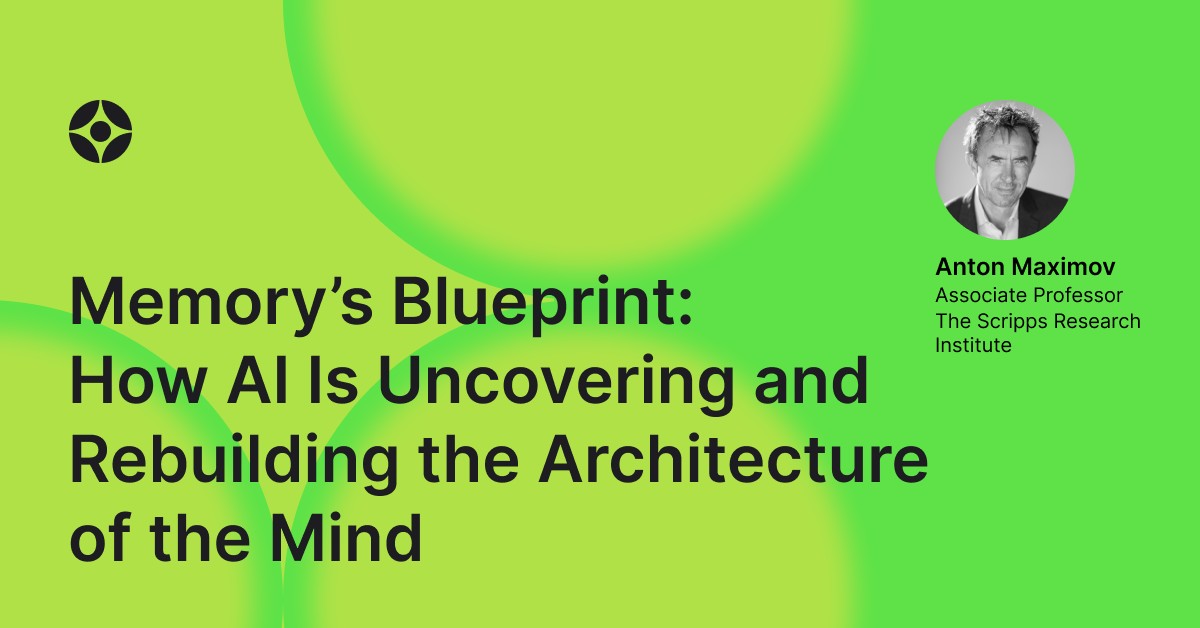
Virtual Event: Memory’s Blueprint: How AI Is Uncovering and Rebuilding the Architecture of the Mind
About the Talk:
Join us for a conversation at the intersection of neuroscience, artificial intelligence, and scientific discovery. This event explores how a groundbreaking new study from Scripps Research has revealed the nanoscale structural hallmarks of long-term memory—reshaping long-standing dogmas and offering fresh hope for treating memory loss and cognitive decline.
Through a combination of advanced genetic labeling, high-resolution 3D electron microscopy, and AI-assisted image analysis, scientists have reconstructed the intricate networks of memory-encoding neurons in the brain's hippocampus. These findings illuminate how information is stored, maintained, and potentially disrupted, highlighting the brain’s remarkable plasticity.
But this is more than just a neuroscience breakthrough. It’s a story of how artificial intelligence is transforming the scientific process itself. From accelerating massive data analysis to enabling new kinds of questions, AI is not just a tool—it’s a scientific partner. We’ll discuss:
- What the new research tells us about memory’s physical architecture—and what it means for brain health and therapeutic interventions.
- How reverse-engineering brain circuits is increasingly dependent on AI tools that can operate at the scale and complexity of living systems.
- Why AI isn’t just helping us understand the brain—it’s changing how we do science.
This conversation is for anyone interested in the future of health, intelligence, and innovation—and how today’s technologies are shaping tomorrow’s breakthroughs.
Watch Anton’s first appearance in the Forum, Deciphering the Complexity of Biological Neural Networks here.
Read more about his research here and what the NIH published about it here.
About the Speaker:
Dr. Anton Maximov leads a laboratory at The Scripps Research Institute (TSRI) focused on uncovering the mechanisms by which neurons in the mammalian brain form synaptic networks and how these networks are reorganized during memory encoding. His team addresses these questions through a multidisciplinary approach that includes mouse genetics, deep sequencing, biochemistry, optical imaging, three-dimensional electron microscopy (3D-EM), electrophysiology, and behavioral studies.
In addition to investigating neural circuitry, Dr. Maximov's group is developing innovative methods to selectively access and manipulate specific neuron types in model organisms using small molecules. The lab is also advancing AI-based techniques for analyzing brain structures within 3D-EM volumes.
With over two decades of experience studying neural circuits—both as a postdoctoral fellow and as an independent NIH-funded investigator—Dr. Maximov has successfully mentored numerous young scientists. Many of his trainees have gone on to pursue careers in academia, medicine, and the biotechnology industry. His laboratory is an integral part of a vibrant and collaborative neuroscience community that spans TSRI, UC San Diego, and the Salk Institute.
Speakers


Agenda








